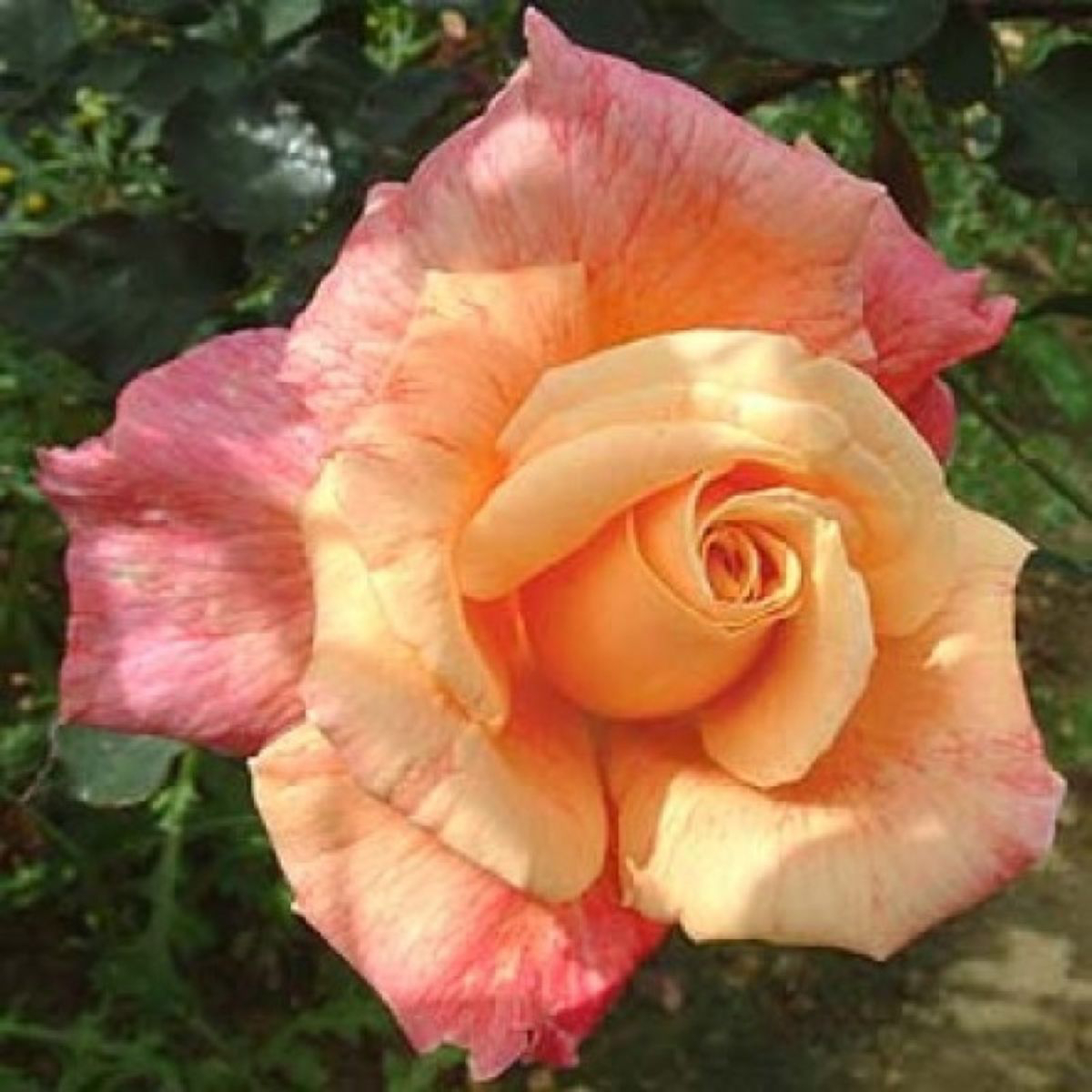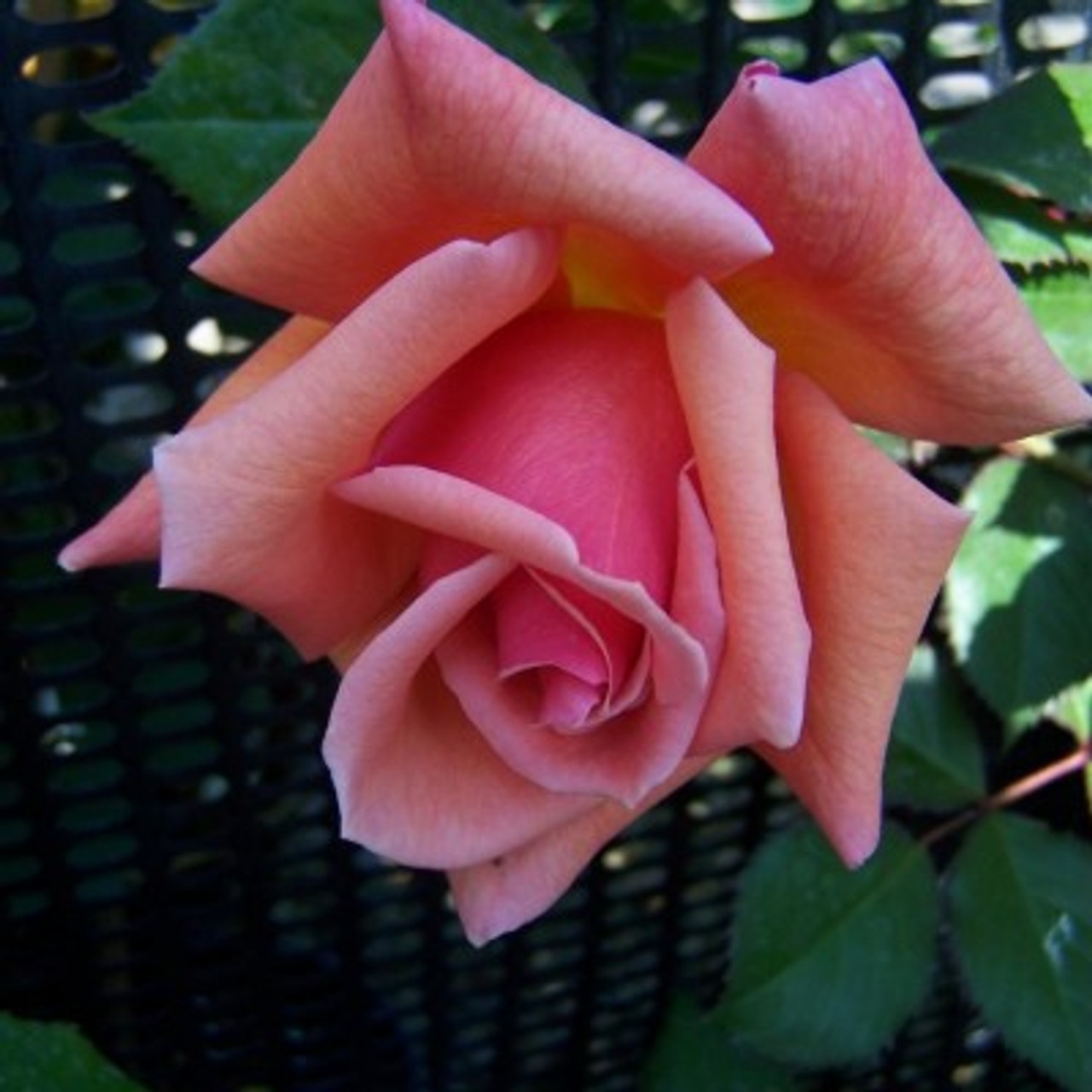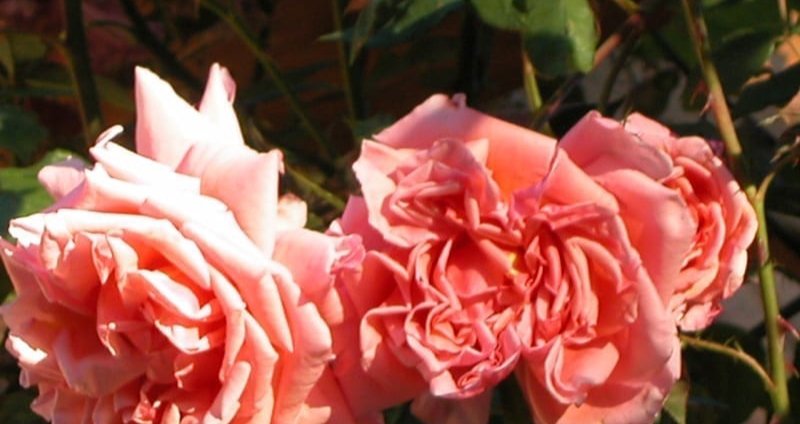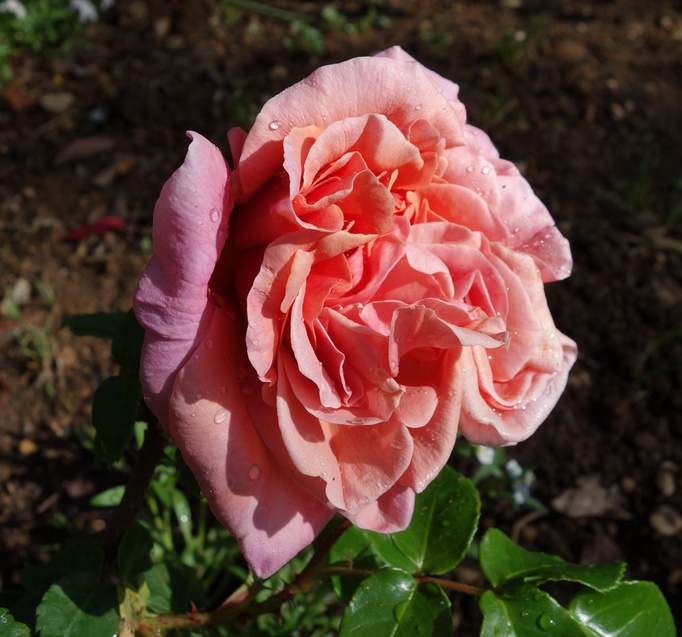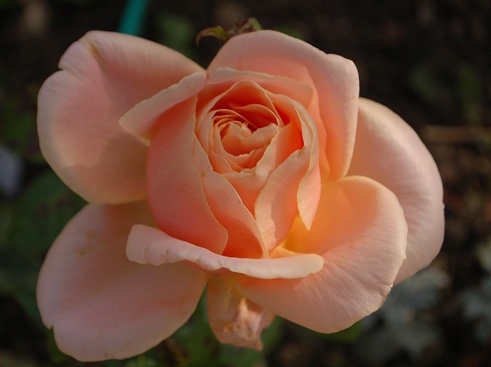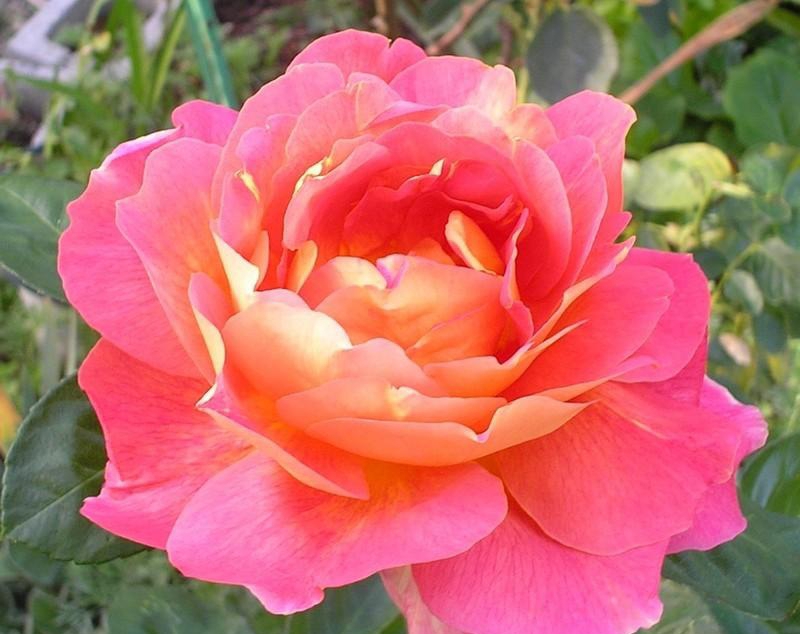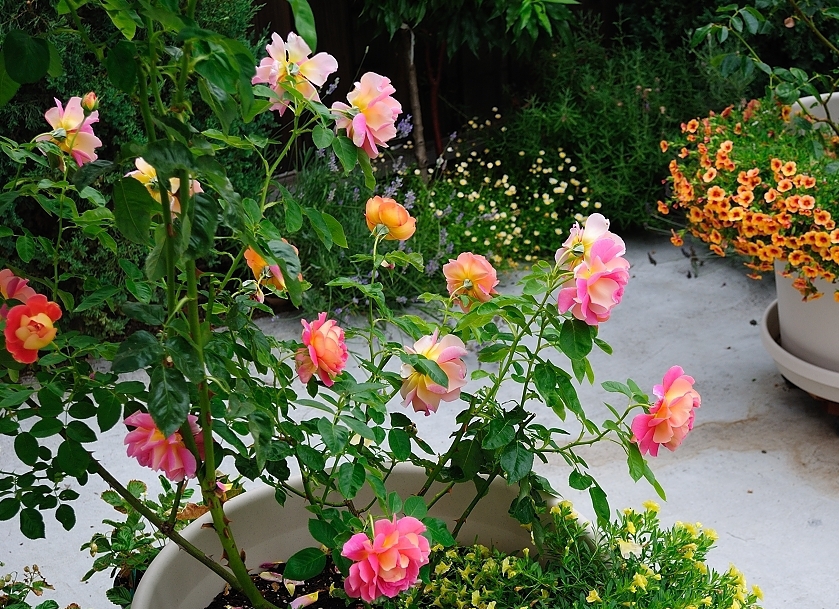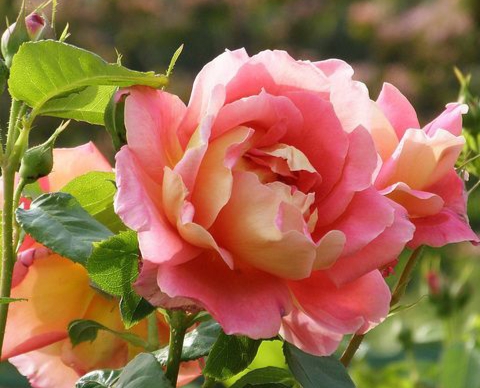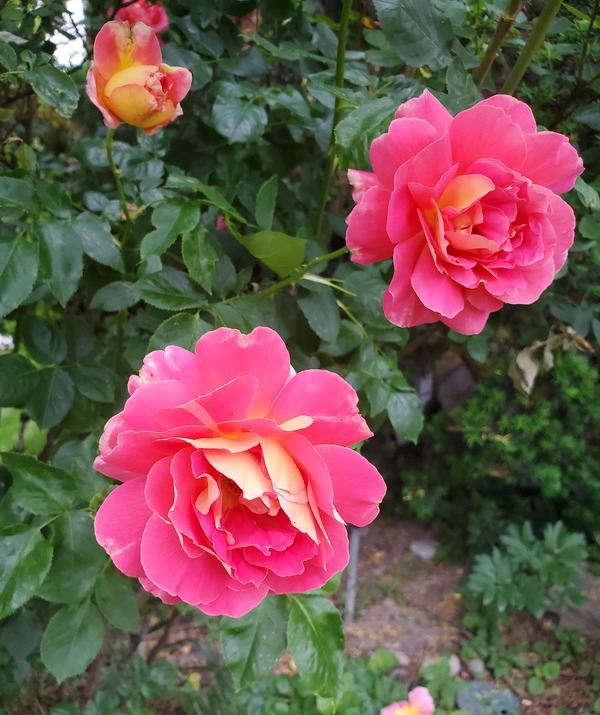When we plant our roses (all families) we really need to make sure we water them very regularly especially during the hot summer months. Even today so many newly planted roses die due to lack of moisture. In spring we water them once a week but during summer and especially when it's hot and dry we water at least three times a week. For pots that's DAILY.
Newly planted roses don't have an extensive root system so they can't reach deep into the soil in search for water. It's up to us to give it to them. So please remember to water your new roses very regularly especially the first year.
One of the biggest misconceptions in the rose world is that roses need pruning. Maybe this is true for the real Hybrid Teas or floribundas but for most roses this isn't the case. Wild roses or true species roses never get pruned in nature and they thrive.
That being said: We normally prune our roses to keep them in a nice shape or to prune away dead and thin wood but you shouldn't prune your roses for the sake of pruning. If you like the shape and height of your rose you can perfectly opt for not pruning or to only prune very lightly.
Newly planted roses get pruned immediately after they go into the ground. Why? There has to be a balance in the amount of roots and the amount of wood. Newly planted roses need to develop an extensive root system to provide enough energy and moisture for their new growth. If the amount of growth is much bigger than the roots the rose will come under incredibly pressure in spring. The rose simply can't provide moisture for all those long stems so she dies. So we prune them immediately after planting. We leave 8 inches or 20 cm of wood.
The first two to three years our newly planted roses need to be left alone as much as possible (except for watering them). They have to grow and make lots of canes and greenery so we get a full plant which will result in a good extensive root system. If we prune them we take it all away and she has to start all over again.
After two to three years you can start pruning them in the shape you desire but always remember you don't have to prune.
What's always allowed is deadheading them and to prune away dead, sick or really thin growth.
The big exception are real Hybrid Teas. Because they make very stiff upright growth it's better to prune them in spring and we leave 20 cm or 8 inches. A real HT isn't developed for its beautiful shape but for rose beds. The last twenty years we've seen an explosion of so called Modern Hybrids and to give you examples of Modern Hybrids: All David Austin roses, all Guillot Generosa collection, all shrub roses etc...
Real Hybrid Teas have become very rare even when they are labeled as HT's by the nursery they are Modern Hybrids in 95%
Modern Hybrids have a beautiful shape and can grow into big shrubs. They are completely the opposite of the thin upright real HT's.
So if you don't have real HT's you shouldn't prune the first years and after that it's completely up to you.




